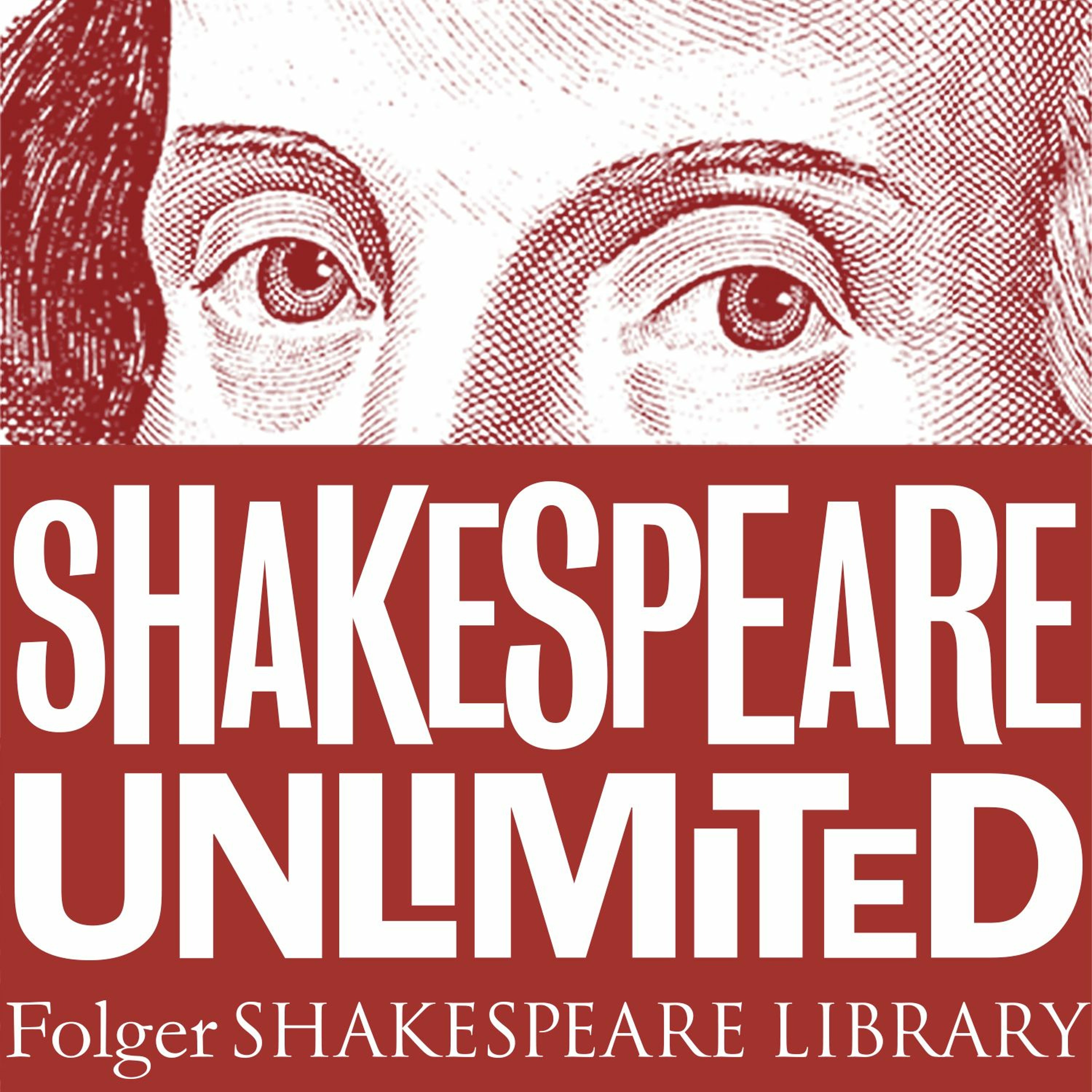Shakespeare, Science, and Art

b'Does Hamlet live in a Ptolemaic or Copernican solar system? Is Queen Mab a germ? Which falls faster: a feather or the Duke of Gloucester? In Shakespeare\\u2019s time, new scientific discoveries and mathematical concepts were upending the way people looked at their world. Many of those new ideas found their ways into his plays. We speak with Dr. Natalie Elliot about how Shakespeare interpreted the scientific innovations of the early modern period in his art. She is interviewed by Barbara Bogaev.\\n\\nDr. Natalie Elliot is a storyteller, science writer, and a member of the faculty at St. John\\u2019s College. Her essay \\u201cShakespeare\\u2019s Worlds of Science\\u201d was published in the Winter 2018 edition of The New Atlantis. Elliot is currently working on two books: an exploration of Shakespeare\'s engagement with early modern science called "Shakespeare and the Theater of the Universe," and a comic novel about woolly mammoths called "Megafauna."\\n\\nFrom the Shakespeare Unlimited podcast. Published January 5, 2021. \\xa9 Folger Shakespeare Library. All rights reserved. This podcast episode, \\u201cIf This Be Magic, Let It Be an Art,\\u201d was produced by Richard Paul. Garland Scott is the associate producer. It was edited by Gail Kern Paster. Ben Lauer is the web producer, with help from Leonor Fernandez. We had technical help from Andrew Feliciano and Evan Marquart at Voice Trax West in Studio City, California.'